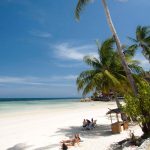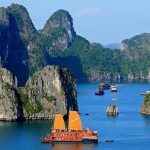14 most beautiful coastlines in the world
We began our list with 50-odd coasts from both hemispheres to select from: palm-lined stretches of white-sand beaches, deeply gorgeous (and occasionally scary) coastal roads. Finally, we picked coasts that are stunning because of their wildness, roughness, and jaw-dropping beauty. They appear to be giants, sliding their fingers into the rock as if it were butter. You’ll understand what we mean in a second… These are the world’s most gorgeous coastlines.
Nā Pali Coast, Kaua’i, Hawaii
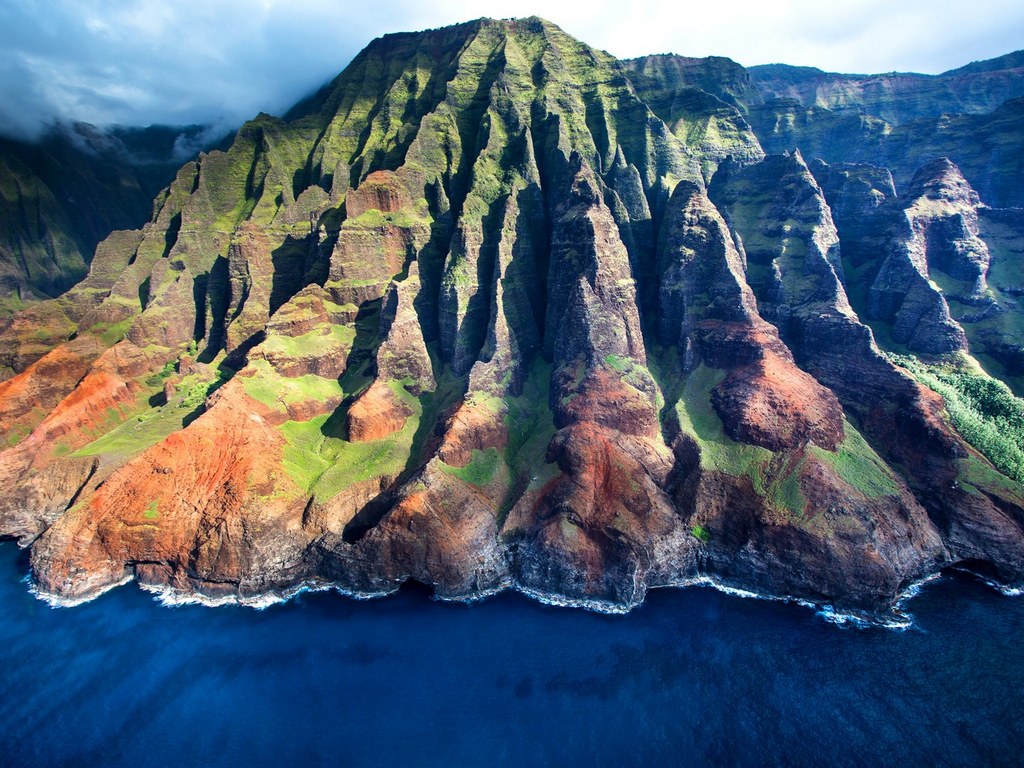
N Pali means “high cliffs” in Hawaiian, and the steep peaks and deep valleys along Kauai’s northwest border live up to the billing. Consider towering waterfalls, secluded crescent beaches, and sea caves. The brave tourist gets the finest view: the coast is only accessible via catamaran, helicopter trip, or a strenuous trek.
Causeway Coastal Route, Northern Ireland
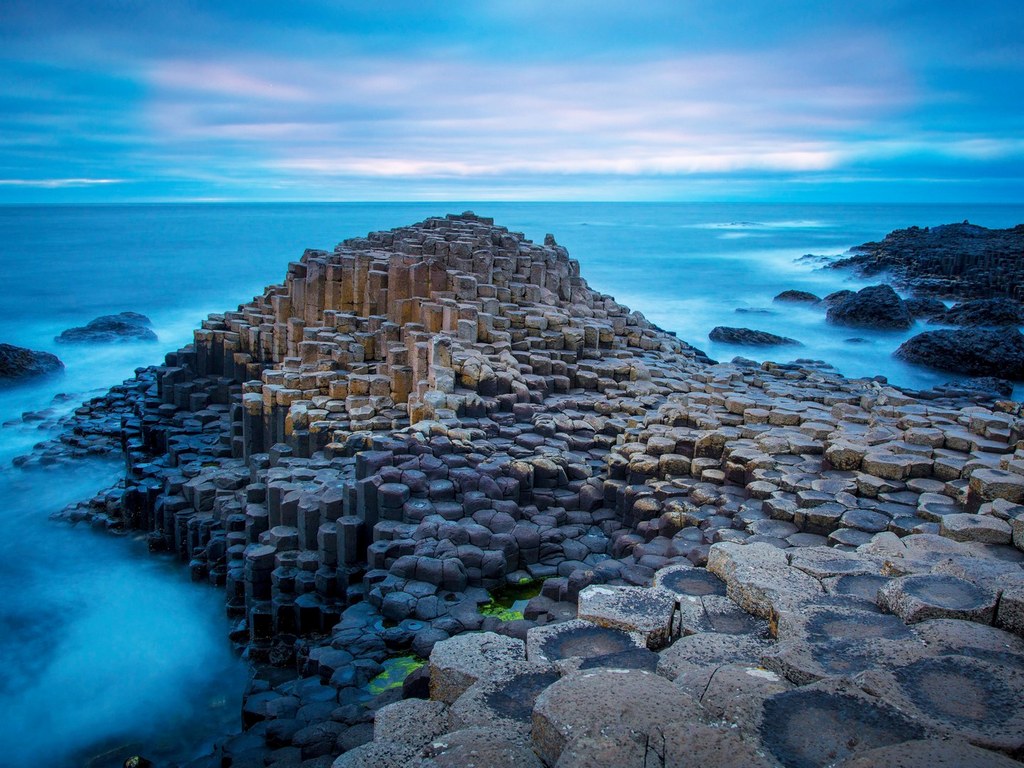
What was that we said about giants? It is correct in this case: According to legend, the Giant’s Causeway (pictured), with its hundreds of hexagonal basalt columns rising from the water, is the remnants of a giant-built causeway. No, it’s not a result of a volcanic explosion.
West Coast, South Island, New Zealand

Whether you’re trekking the Franz Josef Glacier or the Milford Sound fiord, investigating Pancake Rocks, or helicoptering over the Southern Alps, you can’t help but wonder: Where’s Gandalf?
Patagonia, Argentina
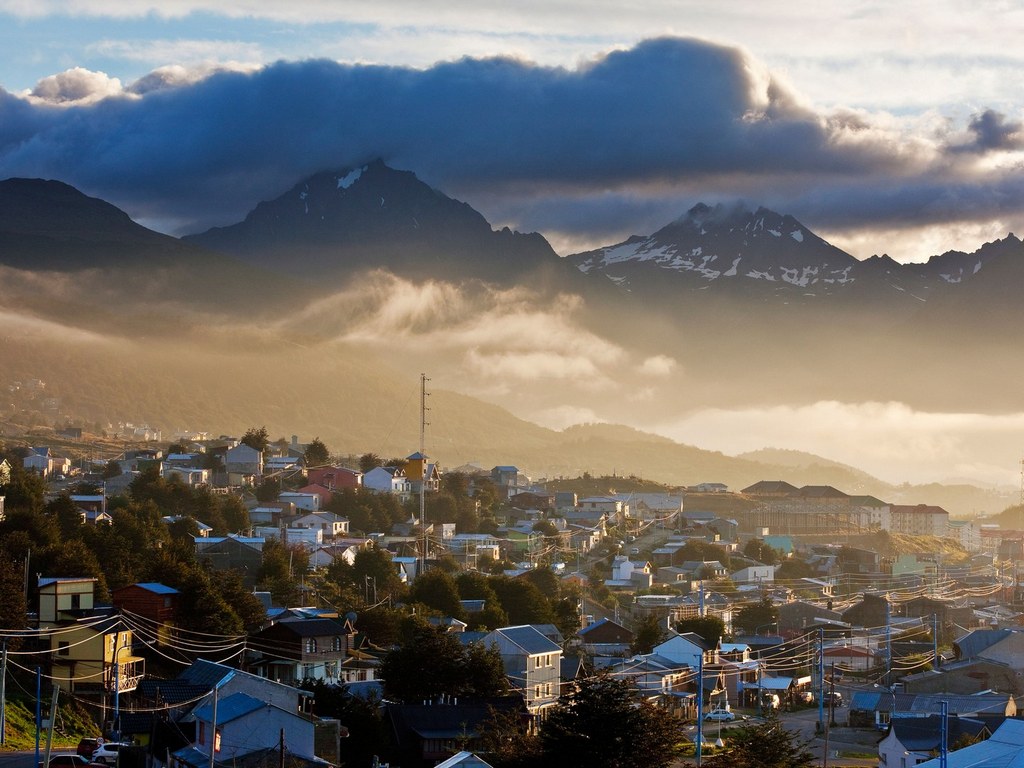
The drive south along the renowned RN-3 route begins with penguin colonies and charming Welsh villages surrounding the Peninsula Valdés before arriving at the edge of the Earth at the mountain-ringed frontier metropolis of Ushuaia. RN-3 ends within Tierra del Fuego National Park, where continuing requires gritting your teeth for the treacherous boat trip over the Drake Passage to Antarctica.
Cape Point, South Africa
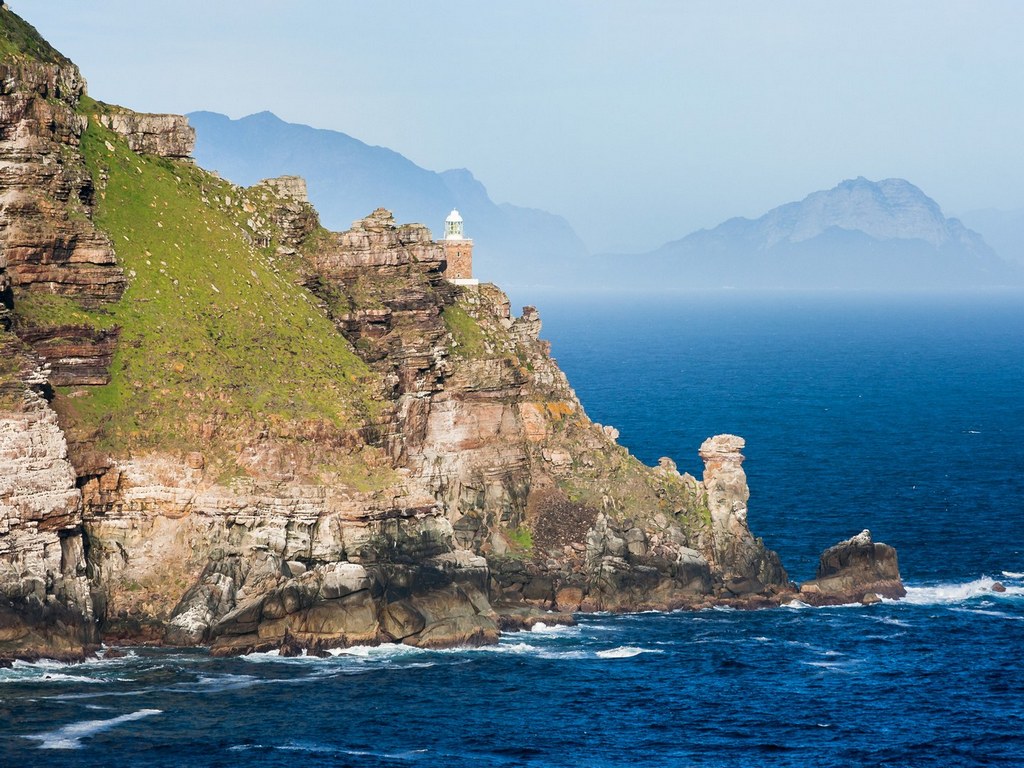
You don’t simply go to Cape Point, Africa’s most southwesterly point, if you’re daring. You travel to Cape Point’s most remote point, following a small lighthouse keeper’s route where gale-force winds whip and cormorant birds land like prop aircraft in a storm. Fittingly, the lighthouse here is the world’s most durable beacon.
Big Sur, California
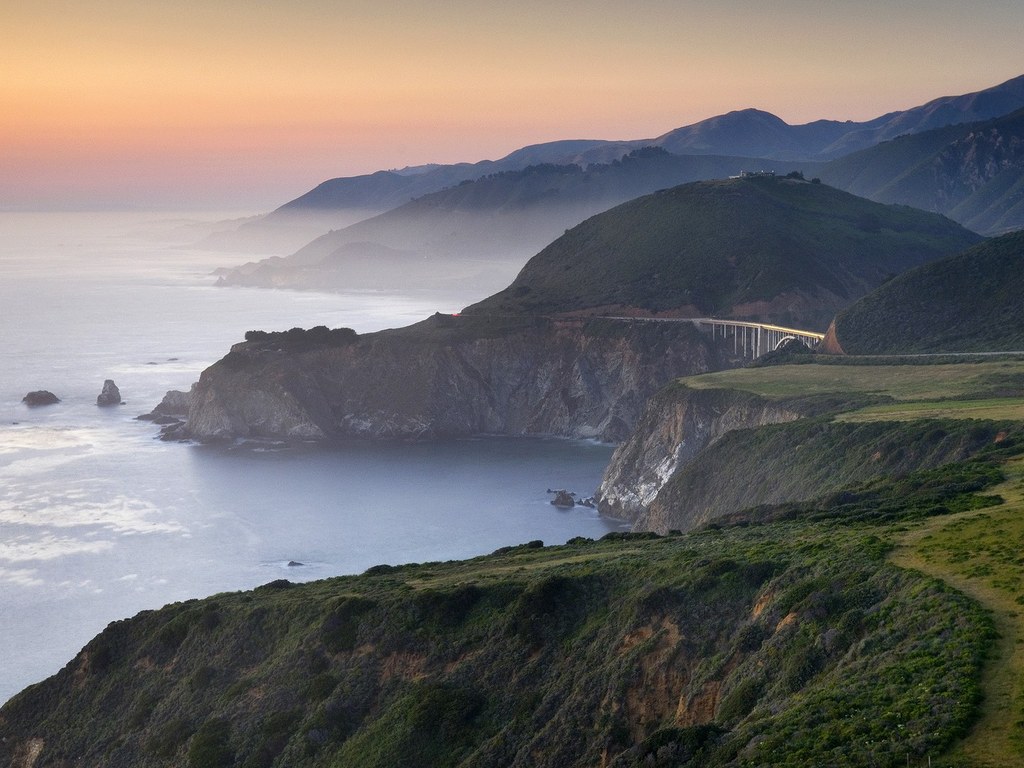
As you hairpin-turn your way down this rough and rocky stretch of California coast, Big Sur looks its best from behind the wheel. But stopping at a modest pullout on Highway 1 for a long-term view of the Pacific Ocean will always steal your breath away.
Halong Bay, Vietnam
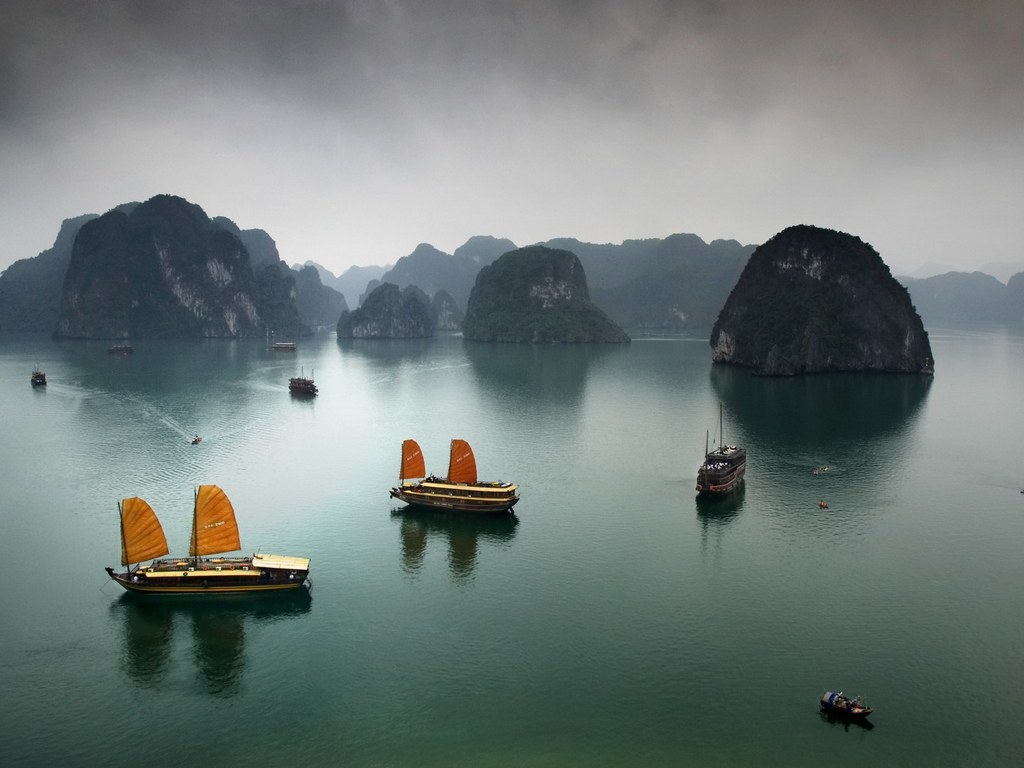
There are many stories being told as you board the Chinese junk boat at Halong Bay, an emerald basin off Vietnam’s northeastern coast. That the limestone cliffs and islands were formed by a dragon thrashing his tail fiercely. That there are still live mines from the Vietnam War in these seas. That, along with the cloud of mist, creates a strange and compelling narrative in and of itself.
Snæfellsnes Peninsula, Iceland

Why explore the world when Iceland is so close? The stunning and unpronounceable Snaefellsnes peninsula in western Iceland is a combination of black pebble beaches à la Santorini, jagged rock formations à la Ireland, and a 4,700-foot-high glacier. And you may see it all in a matter of hours.
12 Apostles, Great Ocean Road, Australia
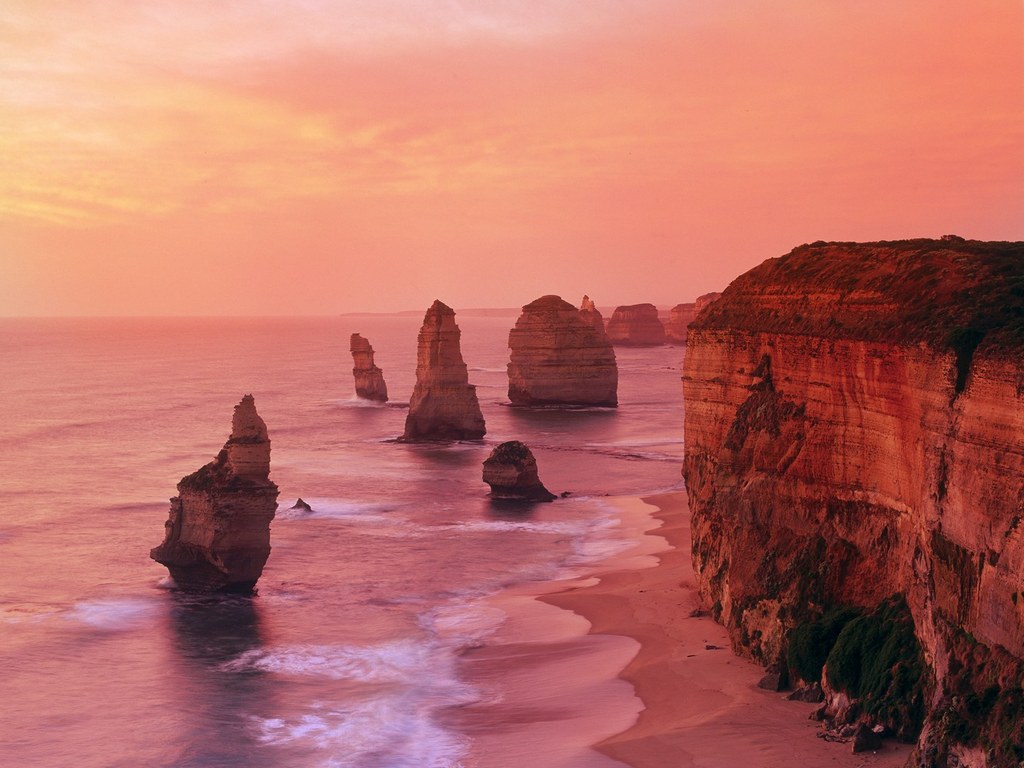
To be fair, there are currently just eight apostles—five tall limestone towers were destroyed by erosion (and no one wanted to name it the Baker’s Dozen Apostles in the first place). The ones that remain, though, are awe-inspiring, towering over 150 feet above the Southern Ocean.
Staffa Island, Inner Hebrides, Scotland
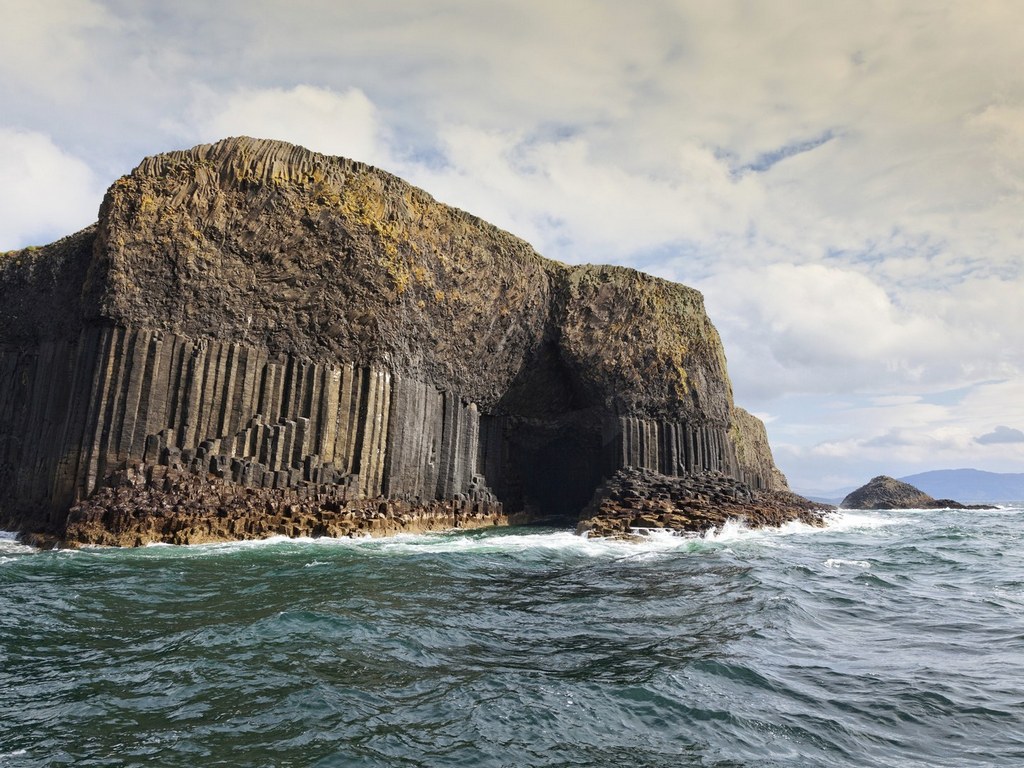
Isn’t he commanding? The Isle of Staffa isn’t exactly hospitable—there haven’t been any residents since the 1700s—but it does have some amazing geology, notably, Fingal’s Cave, whose hexagonal basalt columns (similar to those at Giant’s Causeway) fill a cathedral-like sea cave.
Lofoten Islands, Norway
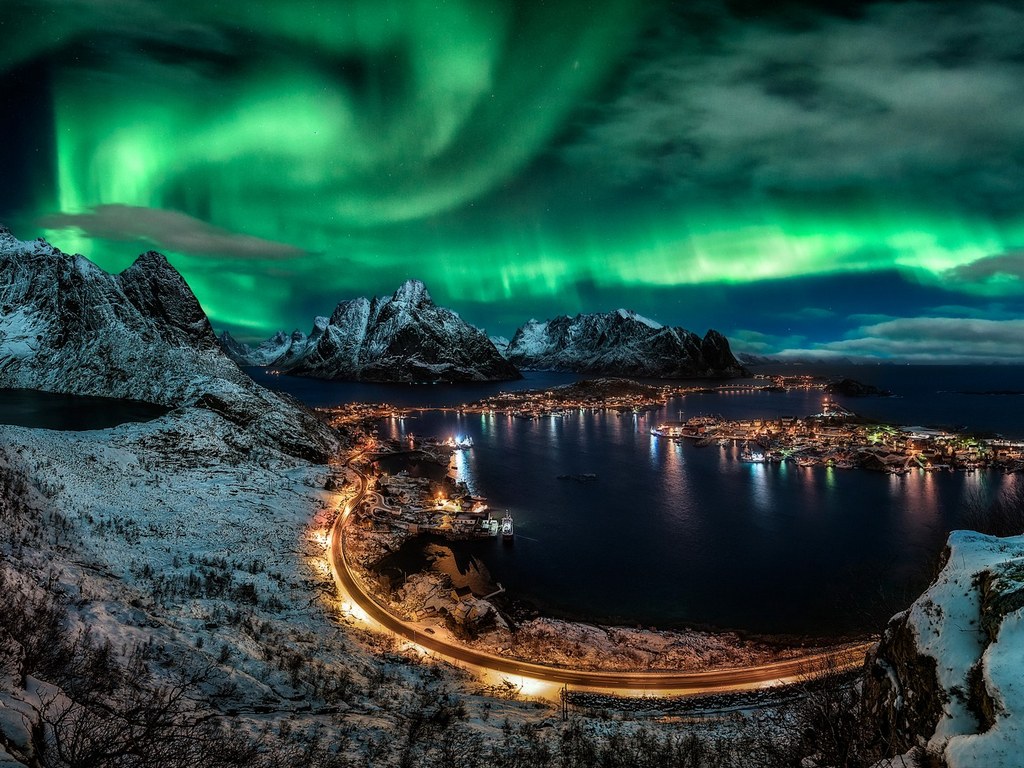
The Lofoten archipelago in Norway is made up of six main islands and hundreds of smaller ones, all situated beneath the glistening Northern Lights. It’s little wonder that the islands have inspired numerous painters, with their pure blue seas and jagged Jurassic Park-esque mountains—the tallest of which, Higravstinden, climbs to 3,800 feet.
Amalfi Coast, Italy

It can resemble a shabby birthday cake, mismatched shelves of color cascading down mountainsides to the sea, or, when driving, abrupt doom lurking on your right. The jagged, twisting Amalfi coast is the epitome of an Italian-style union of nature and man: turbulent, awe-inspiring, and stunningly beautiful.
Cap de Formentor, Mallorca, Spain
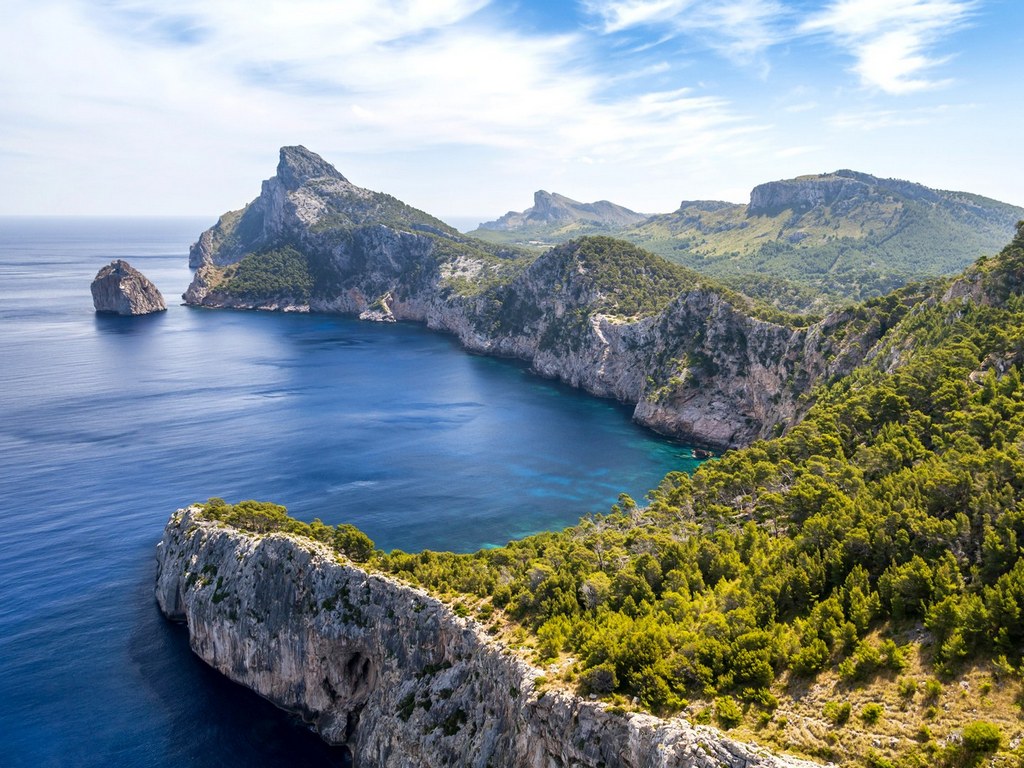
The Balearic Islands—Mallorca, Menorca, Ibiza, and Formentera—are among the few excellent reasons to leave Barcelona, and this jagged spike of land protruding from Mallorca’s easternmost point is one of the greatest. All of Spain’s rich culture—music, color, life—fades away in the face of the windswept majesty of the Cap’s pale cliffs, making the Faro de Formentor lighthouse, standing alone at the final place before mountains meet sea, all the more unbelievable and stunning.
White Cliffs of Dover, England
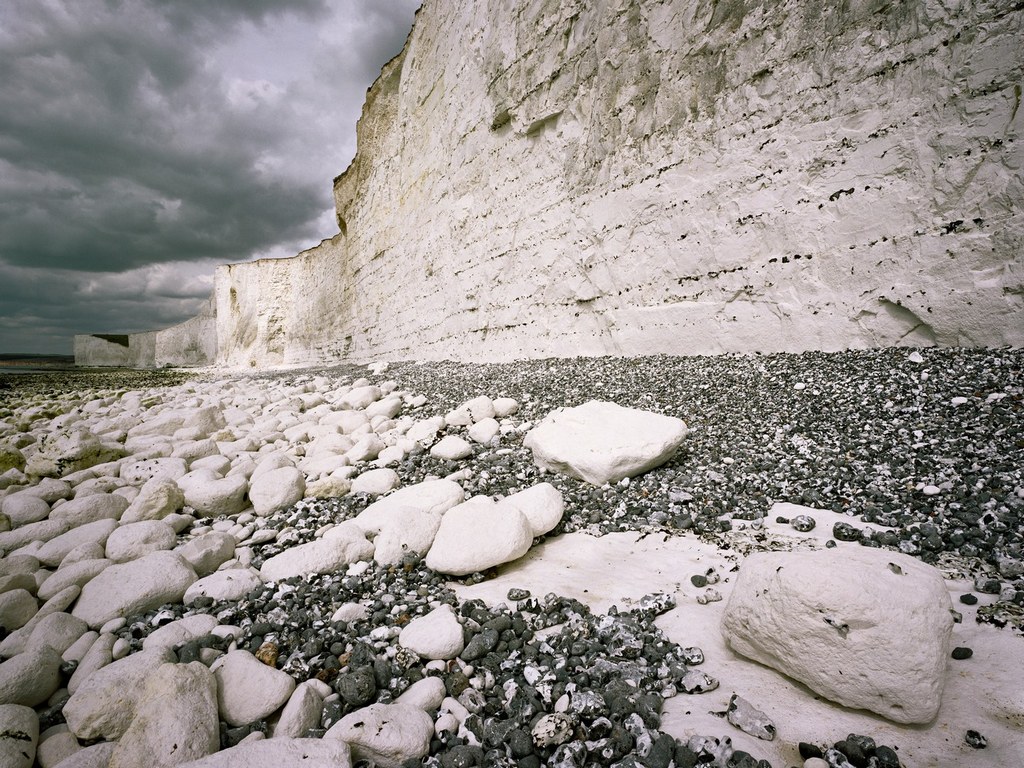
These well-known cliffs on England’s southeastern coast are as historic as they are beautiful. They stand towering along the Dover Strait, which separates England from France and continental Europe. During World War I, the first bomb to hit the United Kingdom landed in the town of Dover. The city is currently most famous for the beauty of its chalky white cliffs.












